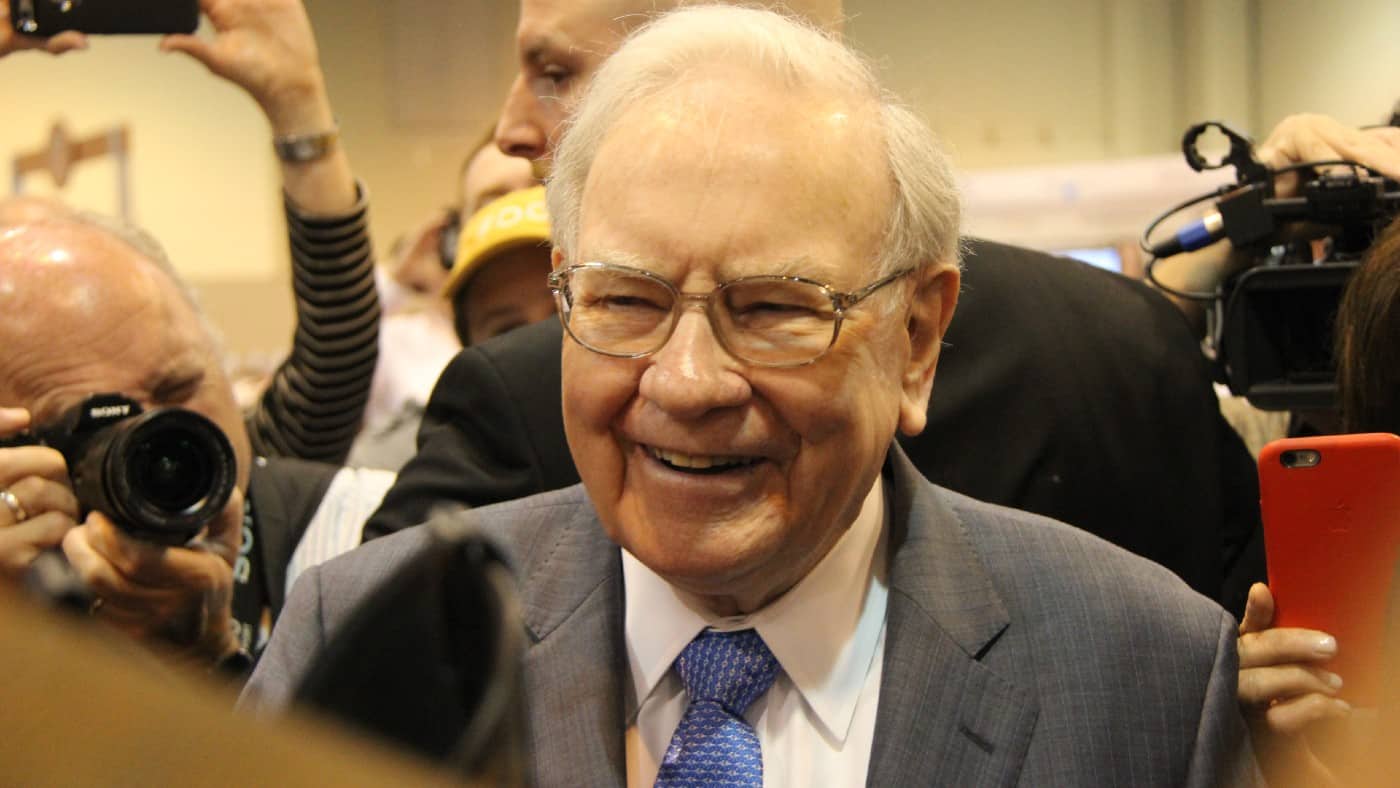A key investing strategy Warren Buffett has perfectly demonstrated is that compounding can lead to bonkers returns, even with relatively modest amounts of capital.
He started with a few thousand and transformed it into multi-billions over the course of his career.
Obviously, replicating such gains is far from straightforward. But by deploying the same principles, investors can tap into some substantial wealth-building opportunities.
And it could even lead to a £500 monthly dividend income with relatively little effort. Here’s how.
Finding high-quality dividend stocks
When a business generates so much money that it doesn’t know what to do with it, a standard solution is to return it to the shareholders via a dividend.
And by investing in such companies, investors can establish a fairly predictable second income, since firms are usually adamant about avoiding disrupting these payouts.
However, disruptions are sometimes unavoidable. The recent economic turmoil has been a prime example of external factors forcing management teams to reduce costs. And many dividends have been on the chopping block as a consequence.
Yet, despite some firms seeing growth stagnate and profits dwindle, the dividends have kept flowing. Firms with robust balance sheets that have the equivalent of an emergency fund can often withstand temporary disruptions in earnings.
Buffett has always invested in financially sound enterprises. Improving the sustainability of dividends is certainly a good reason why. But, such businesses are often less reliant on external financing, reducing risk further.
And both are traits income investors should watch out for when building a passive income portfolio. After all, there’s nothing worse than seeing a once lucrative dividend stock announce that shareholder payouts are being cut, or suspended.
Accelerating compounding
While dividends are never guaranteed, investing in high-quality shares increases their reliability. However, a lot of capital will be required to establish a £500 monthly, or £6,000 yearly, dividend income.
Looking at the FTSE 100, the average dividend yield for UK shares currently sits at around 3.7%. By being a bit more selective, investors can realistically boost this to around 5% without taking on excessive amounts of risk. However, at 5%, a £6,000 passive income will require a portfolio worth around £120,000!
That may be pocket change for Buffett. But for most investors, it’s a substantial pile of money. Fortunately, reaching this threshold isn’t as impossible as most people think.
The stock market, on average, delivers annualised returns of around 10% a year. And even if a hand-picked portfolio only manages to match these returns rather than beat them, it’s still more than enough to hit the £120,000 threshold.
By investing £500 each month consistently and reinvesting dividends, the compounding process can be accelerated. And within just 11 years, investors will hit their passive income stream.
Of course, this is all theoretical. In practice, stock market crashes and corrections occasionally come along to throw a spanner in the works, resulting in investors potentially having much less than expected. And even Buffett has been caught out during these volatile periods.
However, he has quickly recovered by staying focused on the long run with a buy-and-hold investing strategy before reaching new heights. And there’s no reason why investors following in his footsteps can’t do the same.








